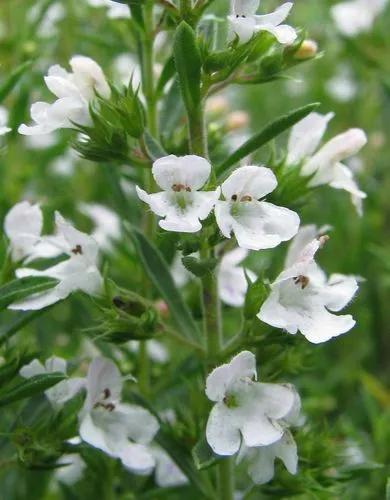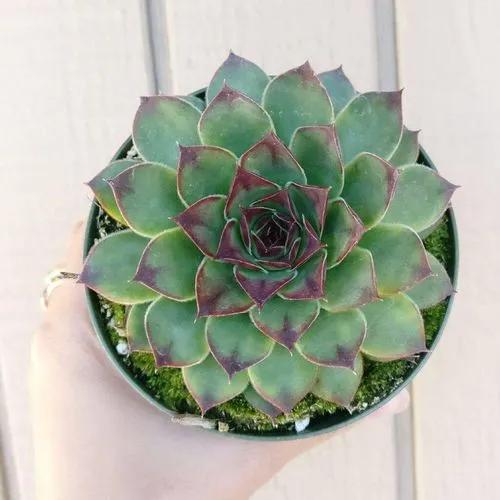Pedilanthus macrocarpus (Slipper Plant) - An unusual attractive slow growing succulent plant that remains mostly leafless, or with tiny, inconspicuous leaves. Instead of leaves it has erect 1/2 inch thick lime-green stems that rise up to 3 feet tall, sometimes taller in the shade, arching or bending outwards under their own weight. The stems are tapered like a candle near the tips and covered by a waxy substance known as Candelilla, which means "little candle". The plant spreads slowly outwards with new stems emerging from below ground to form tight clumps to 3 feet wide. In mid-summer into fall (in the desert people note in spring as well) the unusual orange-red slipper-shaped flowers, which are also described as bird shaped, appear along the stems and are often followed by reddish fruit. Plant in full sun in cool coastal climates but looks best if given some light shade in hot inland climates. Requires very little irrigation even in containers where watering every 2 to 3 weeks is sufficient. Plants are hardy to short durations temperatures to the mid 20s F but do best in near frost free gardens and can suffer stem tip damage below 30 F. This plant makes a great container plant in warm climates but can also grow well in the garden and mass plantings along a wall or in a raised bed can make a dramatic statement. Hummingbirds are attracted by the nectar-rich flowers. Pedilanthus is a genus from Mexico and South America with 15 species. It is closely related and often included with the genus Euphorbia - when it is included in that genus the name Euphorbia lomelii has been used for Pedilanthus macrocarpus because of the previous existence of a plant named Euphorbia macrocarpa. Pedilanthus macrocarpus comes from the Sonoran Desert of northwestern Mexico, including central Baja California and Sonora. Other common names include Lady's Slipper, Gallito and Candelilla though this latter name is more commonly used for Euphorbia antisyphilitica.
Slipper Plant Care
Pedilanthus Macrocarpus



How to Care for the Plant

Water

Water needs: Very drought tolerant but should get regular water during hot summers.

Pruning

Prune floppy or broken stems or frost damage

Fertilizer

No. This plant is adapted to the poor quality soil of the desert.

Sunlight

Full sun to very light shade and can take reflected light as well.

Soil

Very well drained, dry, low in organic content, pH 6.1-8.5 (slightly acidic to alkaline). In other words, ordinary desert soil.

Temperature

Cold Tolerance: 20 to 25°F, -6.7 to -3.9°C

Container

It is easily grown in containers that are very well draining. Containers can be moved inside in the winter to avoid freezes

Additional

The sap may irritate skin and will cause an upset stomach.

Popularity

88 people already have this plant 12 people have added this plant to their wishlists
Discover more plants with the list below
Popular articles






